
Boost your YouTube presence and rank higher in search results with these proven strategies.
YouTube's main SEO factors are:
- Your video’s title
- Description
- Tags
- Metadata
- Watch time
- Engagement
To control and improve your performance on these factors, here are nine tips and tricks.
1. Optimise video file name
Not only does renaming your video file name organise your files, it also enhances your video’s SEO. Since search engines cannot watch videos, they read the file names to understand what the video is about.
Use a descriptive file name, add in your main keyword, and keep it to a maximum of 255 characters.
2. Improve video title
Your video’s title is one of the first things people see so you want to keep it short and catchy. The recommended length is around 60 characters and don’t jam it with search terms.
Use 'power' words and keywords naturally and ensure that it accurately reflects your video’s content to avoid 'click-baiting'.
Here’s an example of a catchy video title from Gordon Ramsay’s YouTube channel:
Gordon Ramsay Turns a Full Scottish Breakfast into a Sandwich
Another example is a video title from Simon Sinek's channel:
Empowering Leaders: Simon Sinek's Guide to Success | Full Conversation
In these examples, their well-known names were also included in the title as they will immediately catch the attention of users.
3. Maximise video description
Add something new to your video description that’s not on your video’s title and thumbnail.
Hook viewers with a mini sales pitch of your content and ensure that this contains enough information for the search engine about the video’s topic.
Using 150-300 characters, you should include:
- An attention-grabbing statement, question, or fact that makes viewers want to learn more.
- Benefits: what will viewers gain by watching your video? Specify exactly what these are.
- Keywords: remember to use them naturally.
For example, your perfect video description might look like this:
"Tired of [focus keyword]? Our video reveals the top 3 secrets to finally [benefit of using the focus keyword]. Watch now and transform your [area the focus keyword applies to]!"
Include a short paragraph that describes your business near the end. Lastly, add links to your website and other social media channels and include the full URL: 'https//…'
4. Design an effective video thumbnail
Videos with an optimised thumbnail have a 15% increased chance of being clicked or viewed. Your thumbnail acts as mini billboard for your content, so it is crucial to make a strong first impression
- Keep it simple and avoid clutter so viewers can grasp the video’s concept at a glance.
- Use high-quality images as low-resolution or blurry thumbnails turn viewers away.
- Bright, bold, and vibrant colours with strong contrasts help your thumbnail stand out.
- Overlay it with large, easy-to-read text that highlights what viewers will gain from watching your video and incorporate keywords naturally.
For example, here is Simon Sinek’s simple video thumbnail with captivating and easy-to-read text.
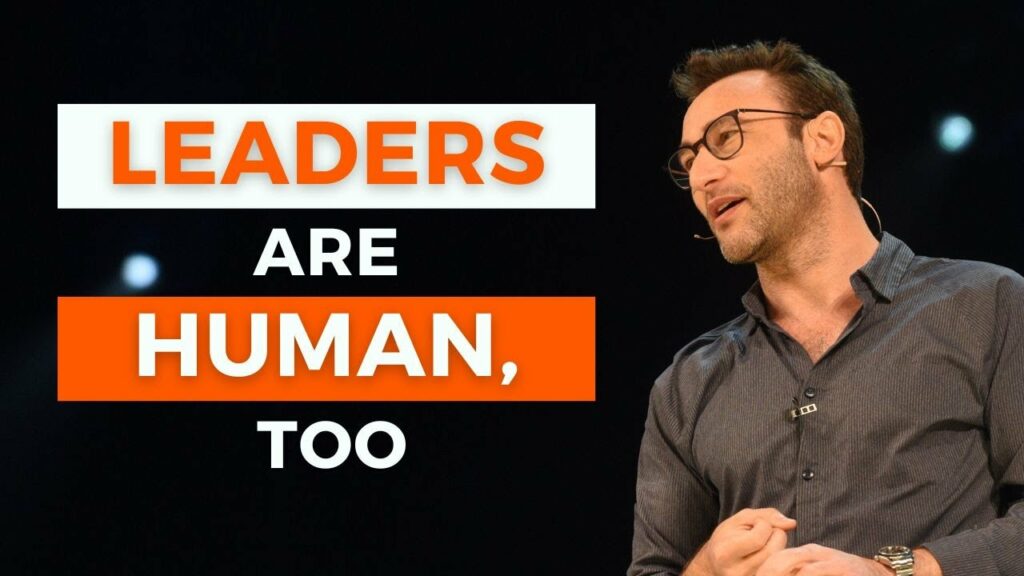
Another example is 60 Minutes Australia’s thumbnail with an attention-grabbing title, bright colours and strong contrast on the imagery:

5. Add closed captions and transcripts
To make your video accessible to everyone, adding captions and transcripts should be a default.
It also helps viewers understand your content better and allows people who prefer watching videos without sound or are in a sound-sensitive environment to consume your content. Viewers watch captioned videos up to 40% longer.
Additionally, closed captions and transcripts help search engines index your video more effectively and match it with relevant search queries.
- Naturally mention keywords into your video so they show up in the transcript.
- If possible, offer captions and transcripts in different languages. This can significantly increase your potential audience reach.
- Ensure proper formatting for readability. This includes using timestamps, paragraph breaks, and proper spelling and grammar.
6. Create video playlists
Creating playlists of your videos is important for your YouTube ranking because it enhances viewer engagement and watch time – two key factors in YouTube’s algorithm.
Playlists encourage viewers to watch multiple videos in a sequence, increasing the total time they spend on your channel. This signals to YouTube that your content is valuable and engaging, which can lead to higher rankings in search results and suggested video sections.
On top of that, playlists help organise your content, making it easier for viewers to find and consume more of your videos, further boosting your channel's visibility and performance.
Here are a few examples of Gordon Ramsay’s playlists on his channel which also allows viewers to select a playlist based on their interests:
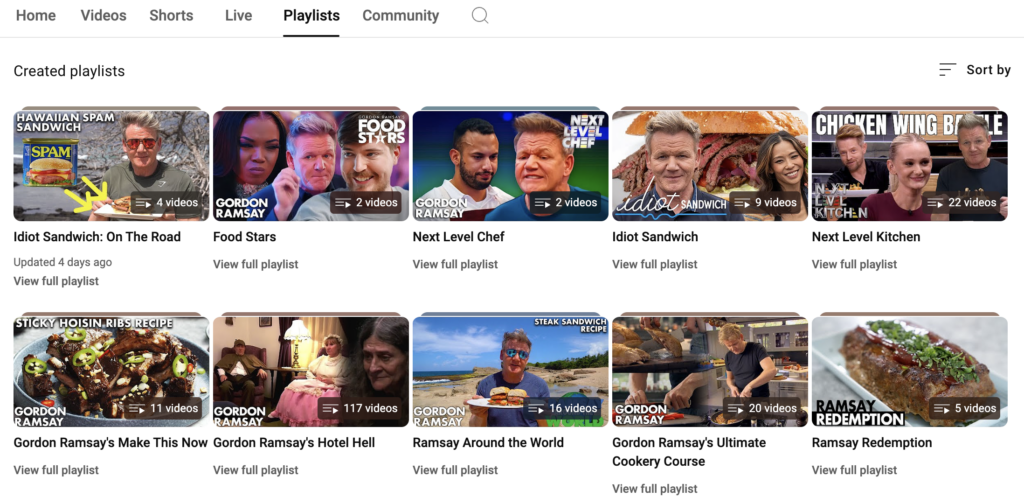
7. Add video Schema markup
Google tries to automatically understand details on your video but adding a schema markup is like adding subtitles for search engines. Without a video schema markup, Google may not show your video pages in search results.
- Use Google's Video Object Schema: This is the specific format for marking up videos with schema. It includes key properties such as video title, description, thumbnail URL, upload date, and duration.
- Detail Specification: Ensure you provide accurate and comprehensive information for each property when creating your schema markup. This includes the video title, a detailed description, the URL for the thumbnail image, the date the video was uploaded, and its duration. Precise details improve the chances of your video being accurately indexed and displayed by search engines.
- Code Generation: Use free online tools to generate your video schema markup code. You simply enter your video's details and the tool creates the necessary code for you. Some popular options include Google's Structured Data Markup Helper and JSON-LD generators.
- Code Implementation: After generating the schema markup code, integrate it into the HTML code of your web page where the video is embedded. This typically involves adding the JSON-LD script to the <head> or <body> section of your HTML document. Proper implementation ensures search engines can read and process the markup effectively, enhancing your video's visibility in search results.
8. Select relevant tags
Tags are essential keywords that assist viewers in finding your video on YouTube.
First set up your YouTube channel’s tags which are keywords or phrases that describe the overall theme, content, or focus of your channel.
Under Settings, go to Channel and add your keywords under 'Basic info'.
Every time you upload a video, add tags which function as labels that categorise your video content, making it easier for those searching for specific topics to discover your video.
Choose tags that precisely represent the content of your video. This improves your video's visibility and ensures it reaches the right audience. Adding a mix of broad and specific tags can help cover a wider range of search queries, increasing the chances of your video being found.
9. Optimise video end screen
An End Screen, also known as an "End Card", appears in the final 5-20 seconds of a video. YouTubers use End Screens to promote other videos, playlists, merchandise, and external websites. They are an effective tool for increasing views, traffic, and subscribers.
Here's how it works:
When a viewer finishes watching your video, the End Screen encourages them to take further actions, such as watching more of your videos or subscribing to your channel. You can link to other videos and playlists, and include a prominent subscribe button on-screen.
Use an End Screen effectively by choosing what to promote. YouTube allows you to promote four "elements":
- Subscribe Button: A clickable button that lets viewers subscribe to your channel.
- Video or Playlist: Direct viewers to a specific video or playlist, either from your channel or another channel.
- Channel: Link to another YouTube channel you want your audience to check out.
- External Site: Direct viewers to your website or approved external sites.
It's best to use only 2-3 elements in each End Screen to avoid clutter and ensure your viewers know where to click.
Here are some examples of optimised End Screens:
Gordon Ramsay’s End Screen includes 3 elements: 2 videos and an image linked to his channel.
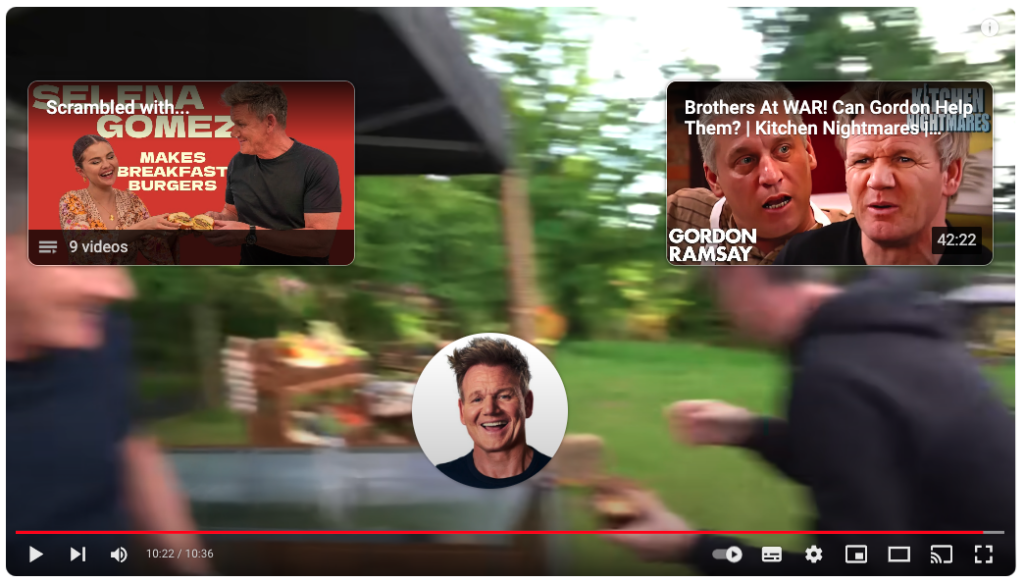
Simon Sinek’s End Screen includes only 2 elements: a suggested video and a link to his channel.
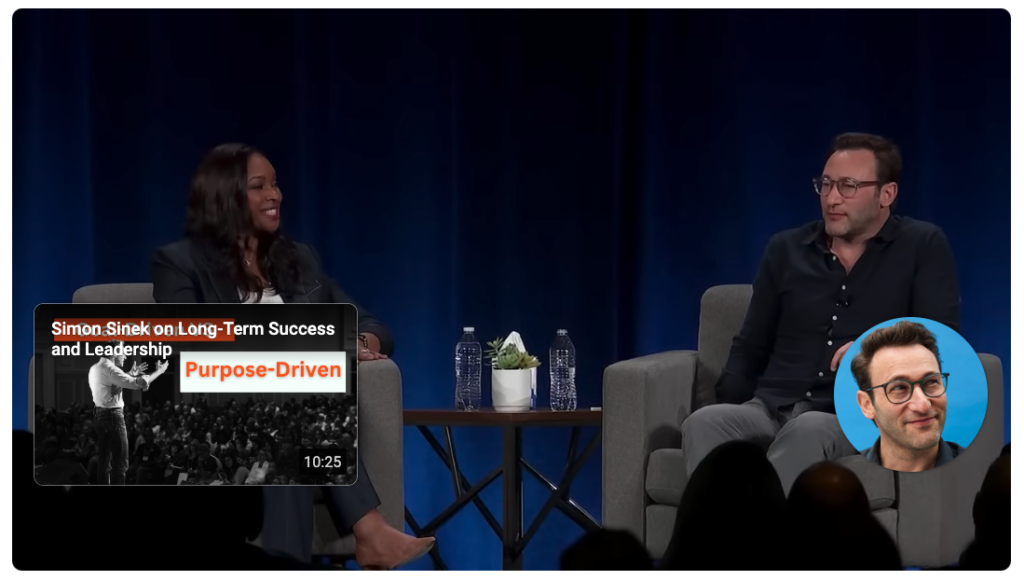
60 Minutes Austalia’s End Screen has 3 elements: 2 recommended videos and a link to their website.
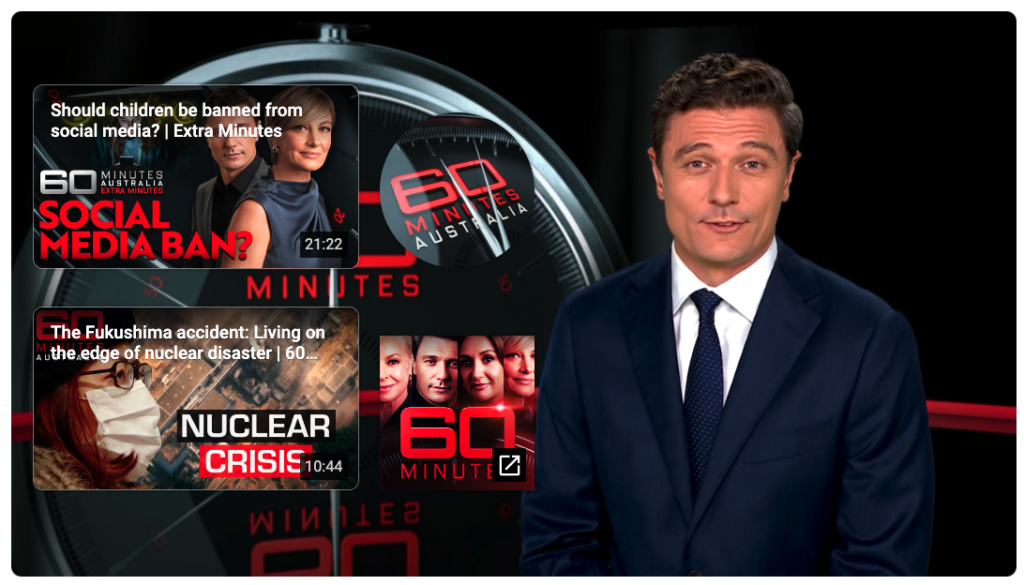
Finally, once your video has been uploaded, make sure you like it and ask others in your team to also like the video.